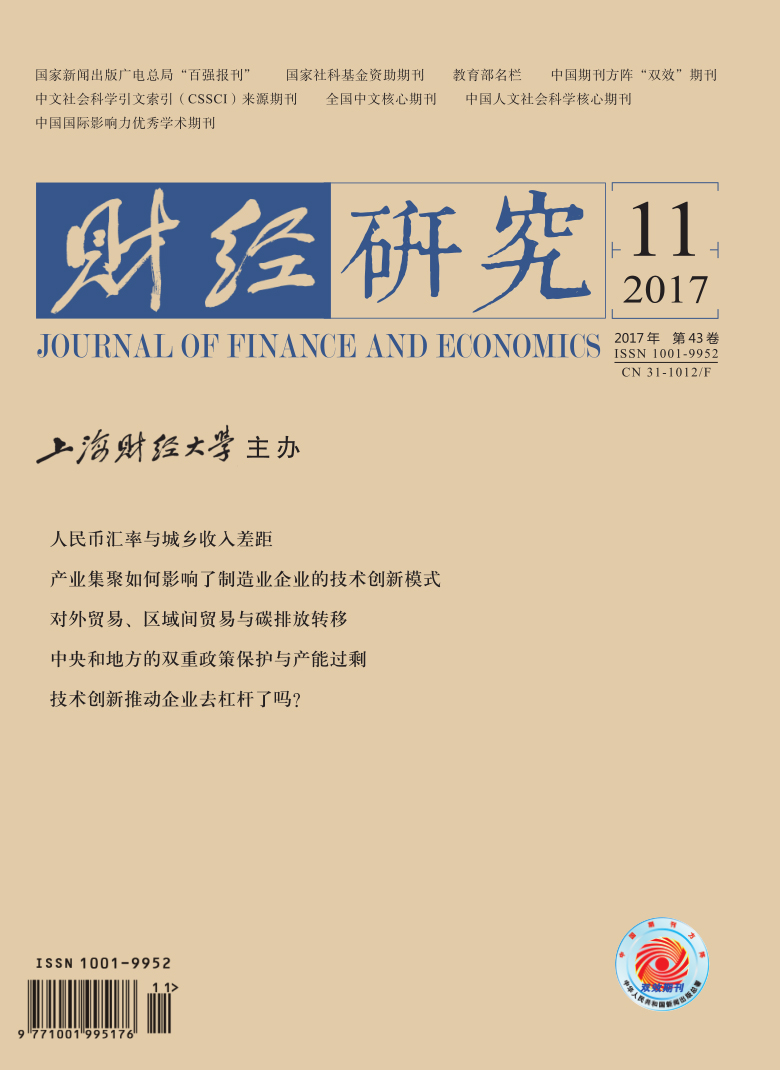The firm size distribution is an important content of industrial organization characteristics. Uniform firm size distribution can reflect not only the allocation of scarce resources among enterprises and dynamic evolution process of enterprises in a country, but also competition and cooperation relationships between enterprises and industrial development pattern within a certain industry. Besides, it generates an important impact on economic growth and an adjustment to economic structure in a country, such as firm size distribution & innovation, and firm size distribution & productivity. In the academia, the analysis of factors affecting firm size distribution is mainly based on financing constraints, institutions and so on, but pays little attention to the intrinsic correlation between sharp housing price rise and firm size distribution in recent years.
Under the background of rapid housing price rise from 1999 to 2007 in China, this paper empirically investigates the effect of housing price rise at the provincial level on firm size distribution by using the data of industrial enterprises. In order to test the influence of housing price rise on firm size distribution, this paper constructs the Pareto exponent to measure firm size distribution. The results show that as a whole, housing price rise is not conducive to the formation of uniform firm size distribution, and the estimation based on modified Pareto exponent remains robust. Furthermore, the mediation effect model is used to test the mechanism concerning the effect of housing price rise on firm size distribution. It finds that cost effect, credit effect and crowding-out effect could be counted as three paths to the role of housing price rise in firm size distribution, and the above paths show different influences on enterprises with different scale. The cost effect of housing price rise pushes up the production costs of industrial enterprises, but generates a greater impact on SMEs. The credit effect of housing price rise leads to the appreciation of the collateral assets of industrial enterprises, such as land and plant building, thus alleviating the financing constraints of enterprises. But compared with SMEs, housing price rise is more favorable to large enterprises. The housing price rise induces a great deal of capital into the real estate field. Because of their strong strength, large enterprises have the ability to break through the necessary capital barriers, the land resources access barriers and the administrative barriers to real estate development market. Obviously, crowding-out effect has a greater impact on large enterprises.
This paper not only is a useful supplement to the theoretical research of firm size distribution, but also provides a new perspective for understanding the impact of housing price rise on the real economy, and even a scientific basis for the policy formulation of governments, to mitigate the shock of housing price rise to the real economy. The relevant government departments should accelerate the development of long-term public rental housing market, promote the reform of housing subsidy form and the pilot of the common property right housing, and make great efforts to reduce the housing expenses of low and middle-income earners, new employees without housing and migrant workers. We should perfect the dynamic monitoring mechanism of the real estate collateral, and further standardize & tighten the housing mortgage loans. A monitoring and warning mechanism for brick-and-mortar enterprises investing in the real estate market should be established, and the flow of credit funds into the real estate field should be strictly prohibited.





 7314
7314  4963
4963

